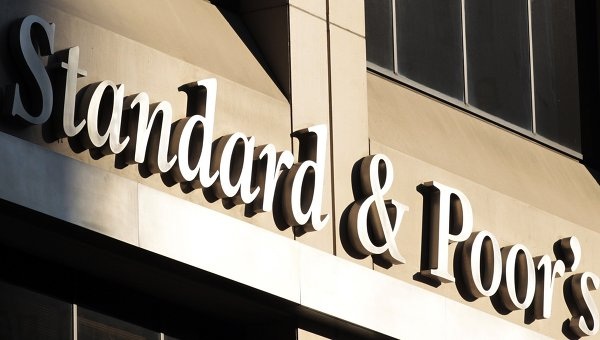S&P Global Ratings has upgraded Ghana’s foreign currency issuer credit rating to ’CCC+’ from ’SD’ (selective default), based on the nearing completion of the country’s debt restructuring negotiations with its commercial creditors.
The upgraded rating better reflects S&P’s forward-looking opinion of Ghana’s creditworthiness.
The US-based firm in a statement, said the outlook on both the foreign and local currency ratings is stable.
Similarly, Ghana’s transferability and convertibility assessment remains ’CCC+.
It explained that the stable outlook balances supportive economic growth, ongoing fiscal reforms, and Ghana’s improved external position against high debt service costs and a weak (although improving) track record of public financial management through election cycles.
“The upgrade reflects recent steps taken by authorities to restructure remaining commercial debt, following a successful Eurobond exchange in October 2024. The government is nearing completion of its offers to restructure loans to external creditors, primarily commercial banks. This progress follows the successful completion of local currency and Eurobond restructurings, and a memorandum of understanding with bilateral creditors signed and ratified on January 29, 2025”, it added.
It continued that the ratings on Ghana are supported by improving external metrics, with significant increases in gold export receipts and a reaccumulation of foreign exchange (FX) reserves.
In addition, economic growth remains resilient despite the protracted debt restructuring process. External debt makes up 62% of government liabilities, or 49% of Gross Domestic Product, implying that debt sustainability will remain contingent on exchange rate developments, and therefore key export prices.
It however warned that Ghana continues to struggle with a high debt service burden, weak tax administration, and spending overruns, especially during election years.
It noted that inflation, which is currently at 21.2%, remains high but is falling due to cedi appreciation and lower energy prices. The shift of the country’s current account into surplus has resulted in increased external liquidity.





